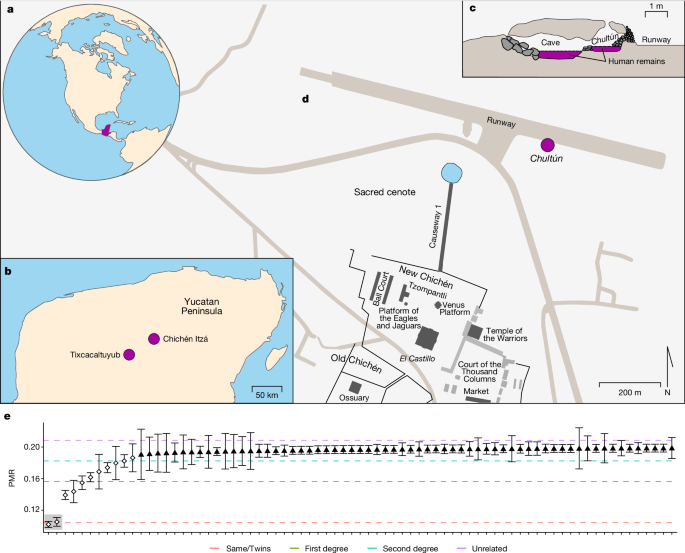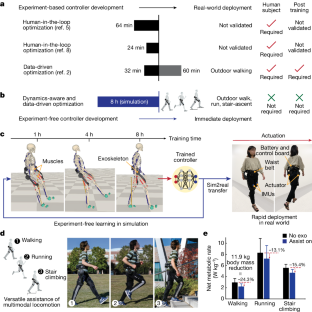2024-06-12 ジョージア工科大学
◆彼らはナノワイヤを用いてT細胞に治療用miRNAを届け、細胞のナイーブ状態を保つことで、より効果的な病気の戦闘力を持たせることに成功しました。ナイーブT細胞は、事前に活性化されていないため、より柔軟に治療機能を持たせることが可能です。シンの新技術は、ナイーブT細胞を事前に活性化せずにmiRNAを導入する点で優れています。この方法は、ナノワイヤが細胞受容体と結合せずにmiRNAを運ぶため、細胞のナイーブ状態を維持できます。研究結果は感染症モデルでの試験において「強力な感染制御性能」を示しました。次の段階では、この手法を癌に対しても試験し、臨床応用に向けて進展させる予定です。
<関連情報>
- https://research.gatech.edu/nanowires-create-elite-warriors-enhance-t-cell-therapy
- https://www.nature.com/articles/s41565-024-01649-7
miRNAを介したナイーブT細胞の治療プログラミングのための機能化ナノワイヤー Functionalized nanowires for miRNA-mediated therapeutic programming of naïve T cells
Kristel J. Yee Mon,Sungwoong Kim,Zhonghao Dai,Jessica D. West,Hongya Zhu,Ritika Jain,Andrew Grimson,Brian D. Rudd & Ankur Singh
Nature Nanotechnology Published:29 April 2024
DOI:https://doi.org/10.1038/s41565-024-01649-7

Abstract
Cellular programming of naïve T cells can improve the efficacy of adoptive T-cell therapy. However, the current ex vivo engineering of T cells requires the pre-activation of T cells, which causes them to lose their naïve state. In this study, cationic-polymer-functionalized nanowires were used to pre-program the fate of primary naïve CD8+ T cells to achieve a therapeutic response in vivo. This was done by delivering single or multiple microRNAs to primary naïve mouse and human CD8+ T cells without pre-activation. The use of nanowires further allowed for the delivery of large, whole lentiviral particles with potential for long-term integration. The combination of deletion and overexpression of miR-29 and miR-130 impacted the ex vivo T-cell differentiation fate from the naïve state. The programming of CD8+ T cells using nanowire-delivered co-delivery of microRNAs resulted in the modulation of T-cell fitness by altering the T-cell proliferation, phenotypic and transcriptional regulation, and secretion of effector molecules. Moreover, the in vivo adoptive transfer of murine CD8+ T cells programmed through the nanowire-mediated dual delivery of microRNAs provided enhanced immune protection against different types of intracellular pathogen (influenza and Listeria monocytogenes). In vivo analyses demonstrated that the simultaneous alteration of miR-29 and miR-130 levels in naïve CD8+ T cells reduces the persistence of canonical memory T cells whereas increases the population of short-lived effector T cells. Nanowires could potentially be used to modulate CD8+ T-cell differentiation and achieve a therapeutic response in vivo without the need for pre-activation.


